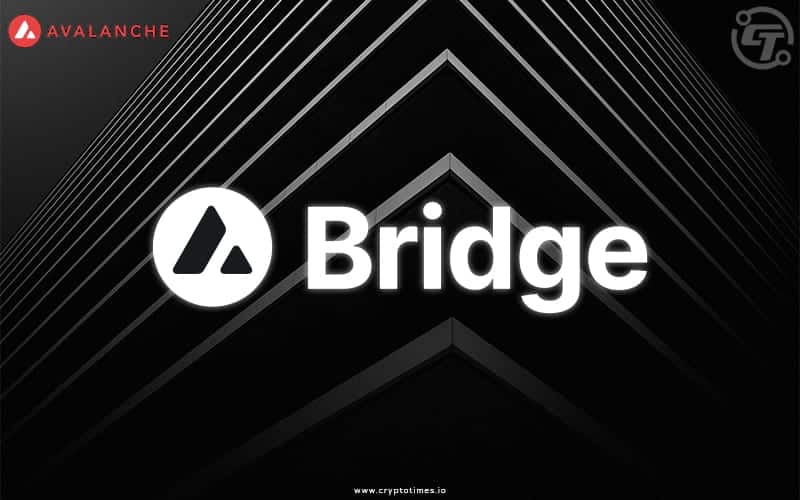The Avalanche Bridge (AB), the next generation of cross-chain bridging technology, based on Intel SGX was launched on 29th July 2021. The AB replaces the old Avalanche-Ethereum Bridge (AEB), which was introduced in February, and offers a much superior user experience.
It’s expected to be 5 times less expensive than the AEB, with a better user experience. This advance in bridge technology is facilitated by Intel SGX Enclave technology, a breakthrough in secure computing with a tamper-proof environment.
The AB was created to meet the following criteria:
- The bridge must be audited and constructed with security in mind.
- Bridging assets should be as inexpensive as possible.
- The transaction should be completed in the shortest time possible.
- Users should be kept up to date on the status of their transfers at all times.
- In the future, the bridge will support a rising number of blockchains, establishing Avalanche as a DeFi main hub.
- Users who are new to crypto asset transfers will find the steps to use the bridge simple.
The Avalanche Bridge is enabling users with seamless interfaces to other core Avalanche tools, such as the Wallet and Explorer.
The bridge’s protected SGX Enclave creates the Wardens, a group of trusted partners. The Warden uses remote attestation technology to ensure that the bridge is working well and running an audited version of the code.
Also Read: Chainlink Price Feeds Are Now Live on The Avalanche Mainnet
Existing assets that crossed the AEB will be moved to the new AB as part of the launch of the new bridge.
Both users and developers can now access the Avalanche Bridge. Projects over the Avalanche ecosystem can immediately begin working on updating DeFi applications and liquidity pools to the new token standards.
Avalanche is a smart contract platform in the blockchain industry in terms of time-to-finality, and it has the most validators of any proof-of-stake protocol securing its activities.







